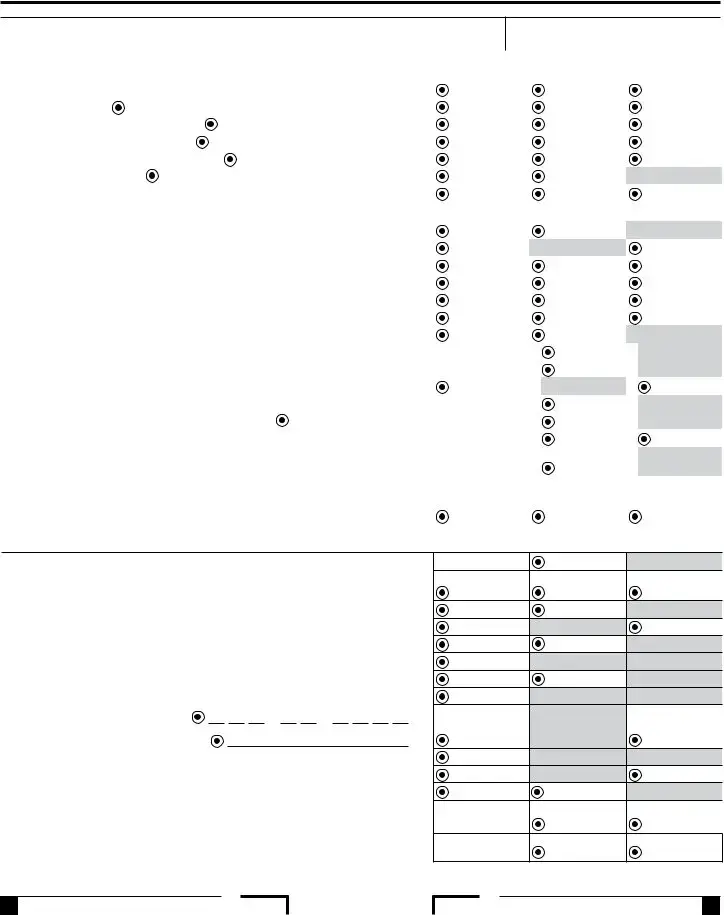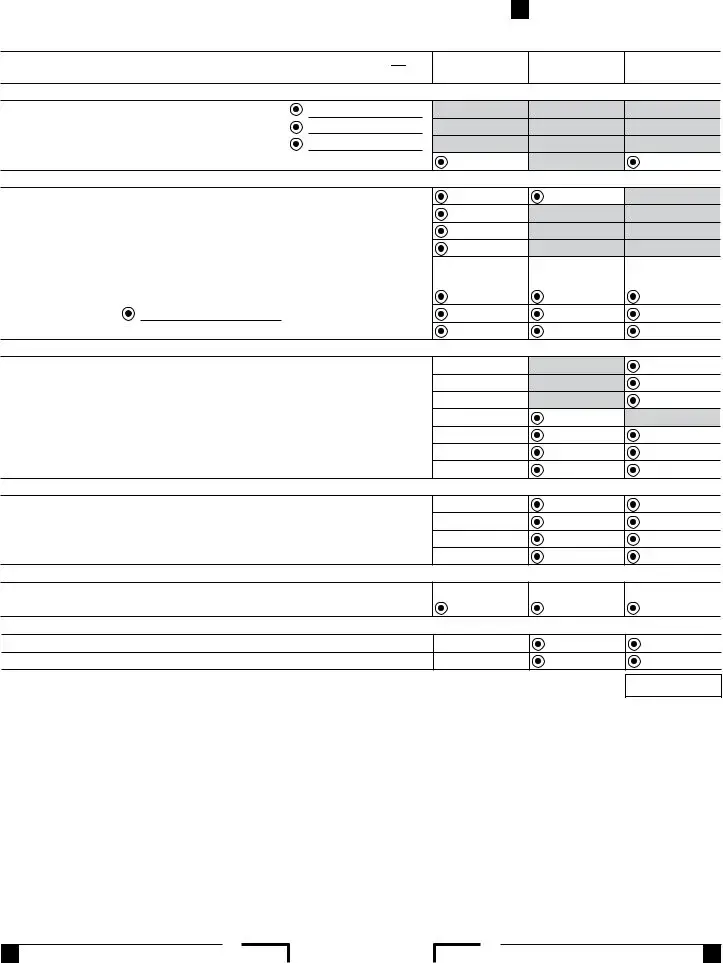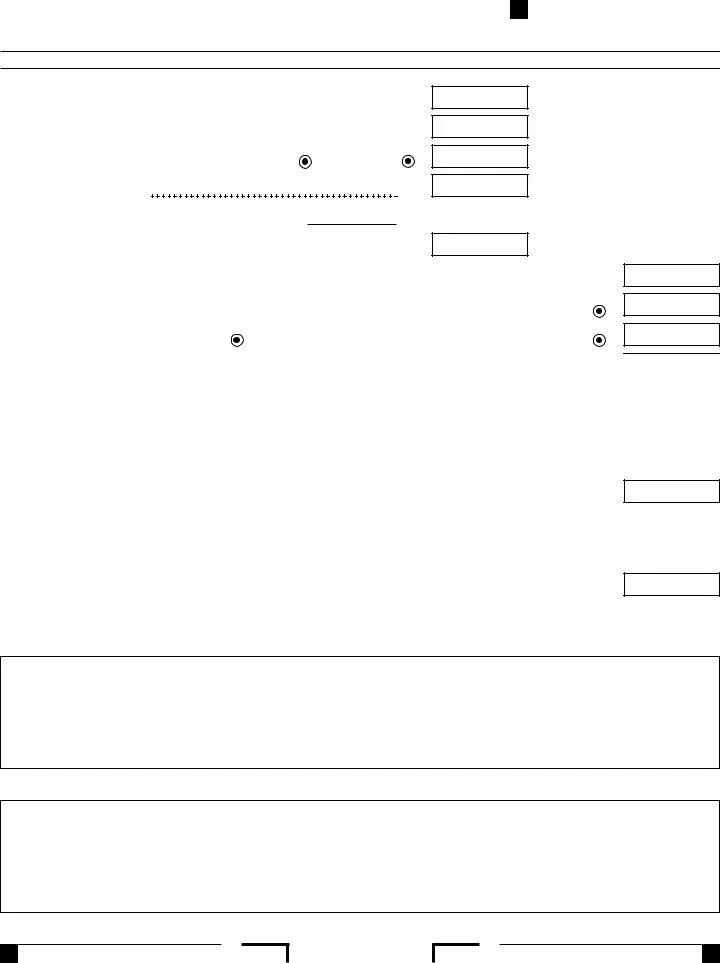Job Expenses and Certain Miscellaneous Deductions
19Unreimbursed employee expenses - job travel, union dues, job education, etc.
Attach federal Form 2106 if required. See instructions. . . . . . . . . . . . . . . . . . . . . . . .  19
19
20 Tax preparation fees. . . . . . . . . . . . . . . . . . . . . . . . . . . . . . . . . . . . . . . . . . . . . . . . . .  20
20
21 Other expenses - investment, safe deposit box, etc. List type |
|
21 |
22 Add line 19 through line 21 . . . . . . . . . . . . . . . . . . . . . . . . . . . . . . . . . . . . . . . . . . . .
 22
22
23Enter amount from federal Form 1040 or 1040-SR, line 11 
24 Multiply line 23 by 2% (0.02). If less than zero, enter 0. . . . . . . . . . . . . . . . . . . . . . .  24
24
25 Subtract line 24 from line 22. If line 24 is more than line 22, enter 0. . . . . . . . . . . . . . . . . . . . . . . . . . . . . . . . . . . . . . . . . . . . . . .  25
25
26 |
Total Itemized Deductions. Add line 18 and line 25 |
. . . . . . . |
26 |
27 |
Other adjustments. See instructions. Specify. |
|
. . . . . . . |
27 |
28 Combine line 26 and line 27. . . . . . . . . . . . . . . . . . . . . . . . . . . . . . . . . . . . . . . . . . . . . . . . . . . . . . . . . . . . . . . . . . . . . . . . . . . . . .  28
28 

29 Is your federal AGI (Form 540, line 13) more than the amount shown below for your filing status? Single or married/RDP filing separately . . . . . . . . . . . . . . . . . . . . . . . . . . . $203,341 Head of household . . . . . . . . . . . . . . . . . . . . . . . . . . . . . . . . . . . . . . . . . . . $305,016 Married/RDP filing jointly or qualifying widow(er) . . . . . . . . . . . . . . . . . . . $406,687
No. Transfer the amount on line 28 to line 29.
Yes. Complete the Itemized Deductions Worksheet in the instructions for Schedule CA (540), line 29 . . . . . . . . . . . . . . . . . . . . .  29
29
30 Enter the larger of the amount on line 29 or your standard deduction listed below
Single or married/RDP filing separately. See instructions. . . . . . . . . . . . . . . . $4,601
Married/RDP filing jointly, head of household, or qualifying widow(er) . . . . . $9,202
Transfer the amount on line 30 to Form 540, line 18 . . . . . . . . . . . . . . . . . . . . . . . . . . . . . . . . . . . . . . . . . . . . . . . . . . . . . . . . . .  30
30
This space reserved for 2D barcode
This space reserved for 2D barcode


































